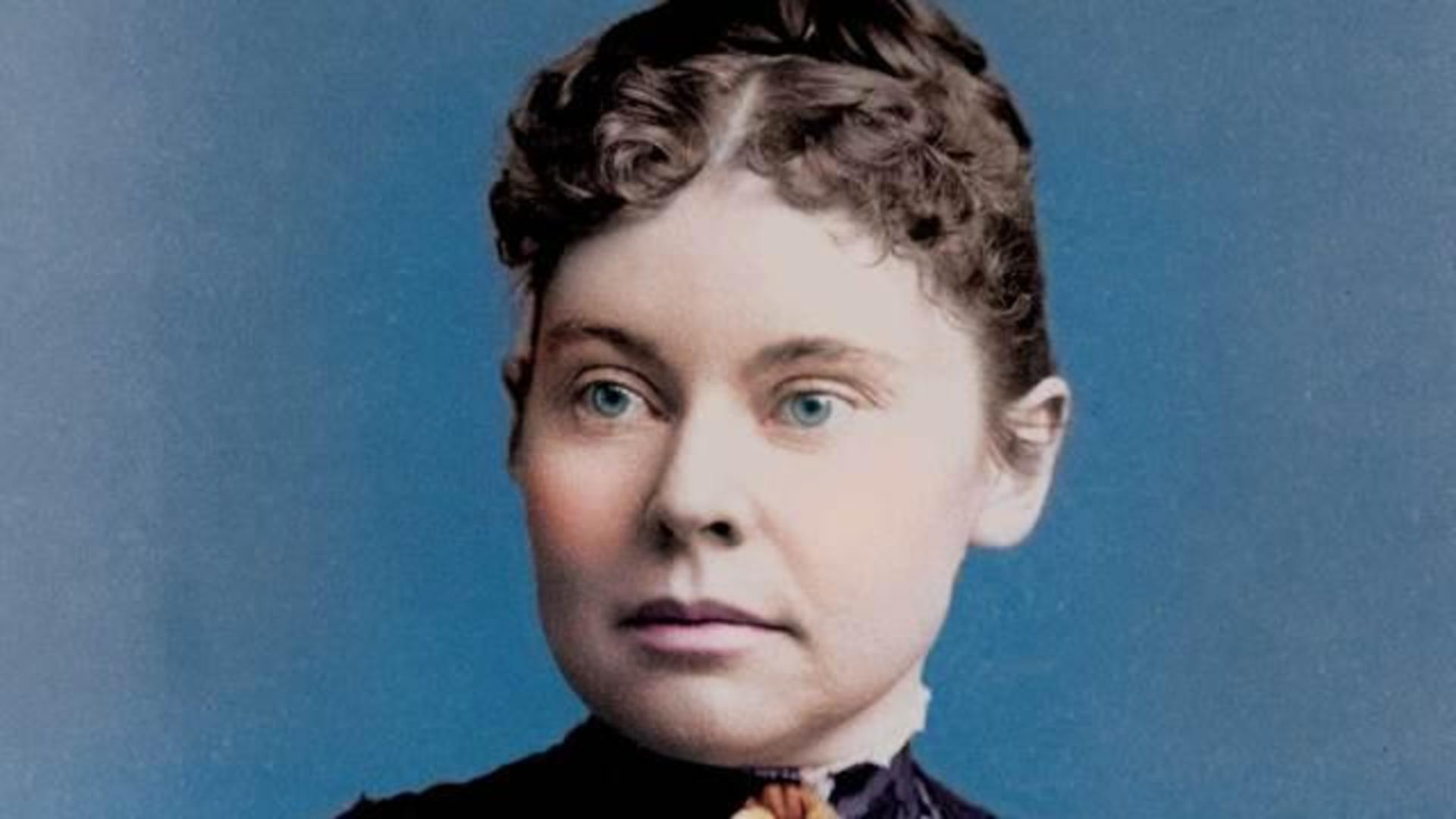
Who was Lizzie Borden? Lizzie Borden remains one of the most intriguing figures in American history. Born in 1860, she gained infamy after being accused of the brutal axe murders of her father and stepmother in 1892. Despite being acquitted, public opinion remained divided, and her name became synonymous with mystery and scandal. Her life, trial, and the unanswered questions surrounding the case continue to captivate people today. This blog post dives into 37 fascinating facts about Lizzie Borden, shedding light on her life, the infamous trial, and the lingering mysteries that still surround her story. Buckle up for a journey into the past that’s as chilling as it is compelling.
Key Takeaways:
- Lizzie Borden, a controversial figure, was acquitted of the infamous murders of her father and stepmother. Her story has inspired books, movies, and even a nursery rhyme, leaving a lasting impact on American culture.
- Despite extensive investigations and numerous theories, the Borden murders remain unsolved, leaving lingering questions about the true motive, the killer's ability to leave no evidence, and the role of strained family dynamics in the crime.
Who Was Lizzie Borden?
Lizzie Borden is a name that has intrigued people for over a century. Born in Fall River, Massachusetts, she became infamous for her alleged involvement in the brutal murders of her father and stepmother. Here are some fascinating facts about Lizzie Borden and the case that still captivates many.
- Lizzie Andrew Borden was born on July 19, 1860, in Fall River, Massachusetts.
- Her mother, Sarah Anthony Borden, died when Lizzie was just a toddler.
- Lizzie's father, Andrew Jackson Borden, was a wealthy property developer and businessman.
- Andrew Borden remarried three years after Sarah's death, to Abby Durfee Gray.
- Lizzie had an older sister named Emma, who was nine years her senior.
The Murders
The Borden murders took place on August 4, 1892, and have since become one of the most famous unsolved cases in American history. Here are some key details about the crime.
- Andrew and Abby Borden were found murdered in their home in Fall River.
- Andrew was discovered on the living room couch, his face nearly unrecognizable due to the multiple hatchet blows.
- Abby was found upstairs in the guest bedroom, also killed by hatchet blows.
- Lizzie claimed she was in the barn when the murders occurred.
- Bridget Sullivan, the Borden's maid, was also in the house but claimed to have heard nothing.
The Investigation
The investigation into the Borden murders was fraught with controversy and inconsistencies. Here are some notable points.
- Lizzie was arrested and charged with the murders on August 11, 1892.
- The trial began in June 1893 and lasted for 14 days.
- Lizzie's defense argued that she could not have committed the murders due to her physical limitations.
- The prosecution pointed to Lizzie's inconsistent statements and behavior as evidence of her guilt.
- Despite the evidence, Lizzie was acquitted on June 20, 1893.
Life After the Trial
After her acquittal, Lizzie Borden lived a relatively quiet life, though she remained a figure of public fascination. Here are some facts about her later years.
- Lizzie and her sister Emma inherited their father's estate, which was valued at over $300,000.
- The sisters purchased a new home in Fall River, which they named "Maplecroft."
- Lizzie changed her name to Lizbeth A. Borden after the trial.
- Emma moved out of Maplecroft in 1905, and the sisters never spoke again.
- Lizzie died on June 1, 1927, at the age of 66.
Cultural Impact
The Borden case has had a lasting impact on American culture, inspiring numerous books, films, and even a nursery rhyme. Here are some examples.
- The famous rhyme "Lizzie Borden took an axe…" was created by an anonymous writer and has been passed down through generations.
- The case has been the subject of numerous books, including "The Trial of Lizzie Borden" by Cara Robertson.
- Several films have been made about the case, including the 1975 TV movie "The Legend of Lizzie Borden" starring Elizabeth Montgomery.
- The Borden house is now a bed and breakfast, where guests can stay in the rooms where the murders occurred.
- The case has also inspired episodes of TV shows like "Supernatural" and "American Horror Story."
Theories and Speculations
Over the years, many theories have been proposed about who really committed the Borden murders. Here are some of the most popular ones.
- Some believe Lizzie was guilty but managed to hide the evidence.
- Others think Bridget Sullivan, the maid, may have been involved.
- A few theories suggest that Andrew Borden had enemies who sought revenge.
- Some speculate that Emma Borden could have been the real culprit.
- Another theory posits that Lizzie suffered from a mental illness that drove her to commit the murders.
Unsolved Mysteries
Despite extensive investigations and numerous theories, the Borden murders remain unsolved. Here are some lingering questions.
- What was the true motive behind the murders?
- How did the killer manage to leave no trace of blood or evidence?
- Why did Lizzie burn a dress days after the murders?
- What role, if any, did the strained family dynamics play in the crime?
- Could modern forensic techniques solve the case today?
Legacy
Lizzie Borden's story continues to captivate and mystify people. Here are some ways her legacy lives on.
- The Lizzie Borden Bed & Breakfast Museum attracts thousands of visitors each year.
- Lizzie's story has become a part of American folklore, symbolizing the darker side of human nature.
The Final Word on Lizzie Borden
Lizzie Borden's story remains one of the most intriguing mysteries in American history. Her life, trial, and the infamous nursery rhyme have cemented her place in popular culture. Despite being acquitted, many still debate her guilt or innocence. The case's unsolved nature keeps people fascinated, drawing countless theories and speculations.
Her life after the trial was marked by isolation and public scrutiny. She lived in Fall River until her death, never escaping the shadow of the accusations. The Borden house, now a museum, attracts visitors eager to glimpse where the gruesome events unfolded.
Lizzie Borden's tale is a blend of fact and legend, a story that continues to captivate. Whether seen as a victim of circumstance or a cunning criminal, her legacy endures, reminding us of the complexities of human nature and the enduring allure of unsolved mysteries.
Frequently Asked Questions
Was this page helpful?
Our commitment to delivering trustworthy and engaging content is at the heart of what we do. Each fact on our site is contributed by real users like you, bringing a wealth of diverse insights and information. To ensure the highest standards of accuracy and reliability, our dedicated editors meticulously review each submission. This process guarantees that the facts we share are not only fascinating but also credible. Trust in our commitment to quality and authenticity as you explore and learn with us.


